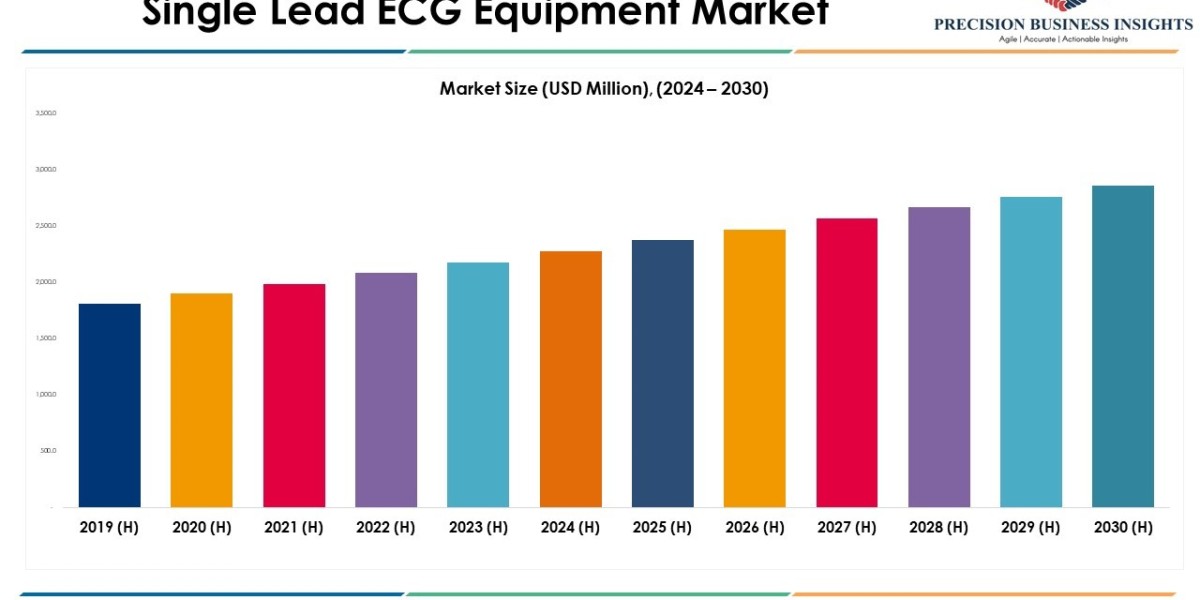Smooth operations, maximizing sales, and fostering trust with consignors and bidders are essential for successful auctions. With items ranging from art and collectibles to machinery and real estate, auctions require a unique approach to managing inventory that goes beyond traditional retail methods. This article explores strategies for handling inventory effectively, addressing the industry's unique challenges, and emphasizes the critical importance of auction inventory management.
The Importance
At its core, inventory management involves overseeing items from their intake to the final sale and delivery. Unlike retail, where inventory may stay on shelves for weeks or months, auction items have a rapid turnover, often with one-time availability. This transient nature requires precise tracking, accurate descriptions, and a seamless transition from consignors to buyers.
Poor inventory management can result in misplaced items, miscommunication, or even legal disputes, damaging the auction house's reputation. On the other hand, a robust system enhances transparency and bidder confidence while streamlining internal processes.
Key Challenges
High Volume and Diversity
Auction houses often handle a wide range of items across different categories. Cataloging and managing such diverse inventory require specialized knowledge and adaptable systems.Time Sensitivity
Auctions operate on strict schedules. Delays in cataloging or errors in descriptions can disrupt events and harm bidder trust.Logistics and Storage
Auction houses need efficient storage solutions that minimize damage while ensuring quick access to inventory. Managing space effectively is particularly challenging for large or fragile items.Dynamic Pricing and Valuation
The value of auction items can fluctuate based on market trends, requiring real-time valuation and adjustments.
Best Practices for Effective Auction Inventory Management
Implement Robust Cataloging Procedures
Ensure every item is labeled, described, and categorized systematically. High-quality images and detailed descriptions attract bidders and reduce disputes post-sale.Adopt Technology
Inventory management software tailored for auctions can simplify tracking, automate tasks, and integrate seamlessly with bidding platforms. Features such as barcode scanning and cloud-based access enhance efficiency and reduce errors.Conduct Regular Audits
Periodic inventory checks against records ensure accuracy and help identify discrepancies early, preventing larger issues during auctions.Streamline Intake and Distribution
Standardized intake processes, including inspection and storage, are essential. Equally important is an efficient distribution system post-auction to ensure timely delivery to buyers.Use Data Analytics
Leverage technology to track trends, monitor bidder preferences, and forecast demand. This insight can inform strategies for future auctions and help identify high-performing categories.Enhance Transparency
Building trust with consignors and bidders is key. Provide real-time updates on inventory status and clear information about items’ provenance and condition.
The Role of Technology in Modern Auctions
Technology has revolutionized inventory management in the auction industry. Tools such as artificial intelligence (AI) enable automated valuations, while cloud-based platforms provide centralized access to inventory records across locations. Additionally, mobile apps empower auction staff to update inventory details on the go, ensuring accuracy and convenience.
Integrating live-streaming and hybrid auction formats has further increased the demand for real-time inventory synchronization. Such features enable seamless transitions between live and online bidding, expanding audience reach and boosting participation.
Conclusion
Efficient auction inventory management combines organization, technology, and a commitment to transparency. By adopting robust systems and practices, auction houses can overcome challenges, enhance bidder trust, and maximize profitability.
One exemplary platform is Bidsquare Cloud, which offers a comprehensive suite of tools tailored to the auction industry. Its Vault Inventory Management system centralizes operations, automates repetitive tasks, and ensures real-time data synchronization across auctions. Additionally, Bidsquare Cloud integrates live online auction software, allowing auctioneers to host seamless real-time bidding experiences alongside inventory management. From cataloging and invoicing to bidder engagement and live auctions, Bidsquare Cloud streamlines the entire process, enabling auctioneers to focus on delivering exceptional events.
FAQs
Why is auction inventory management important?
It ensures smooth operations, fosters trust with consignors and bidders and maximizes sales by providing accurate cataloging and seamless transitions between auction processes.
How can technology improve auction inventory management?
Platforms like Bidsquare Cloud integrate inventory management with auction processes, offering automation, real-time tracking, live online auction capabilities, and analytics to optimize operations.









